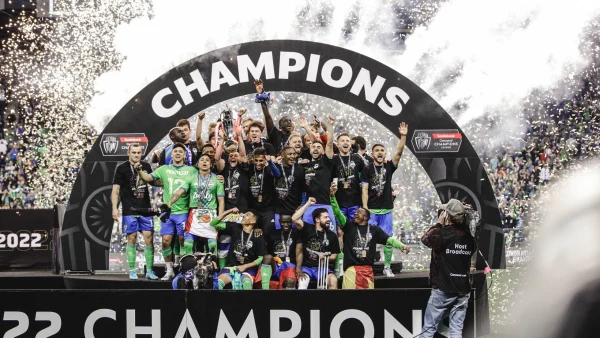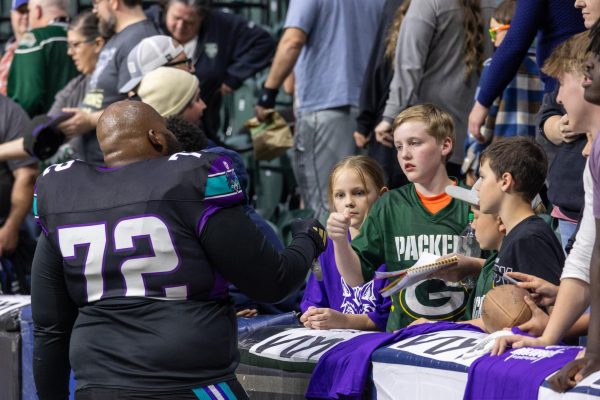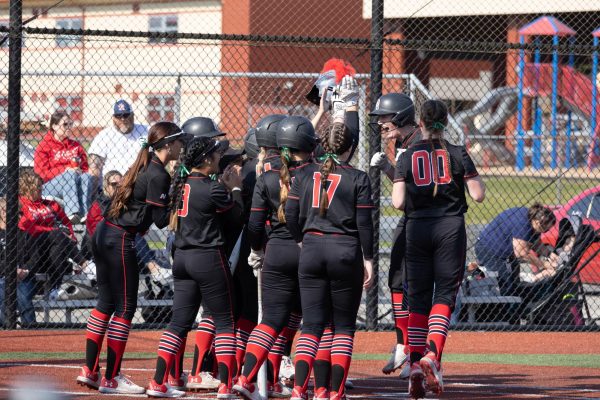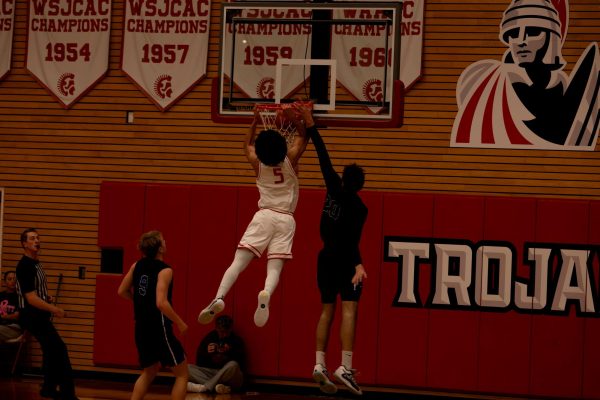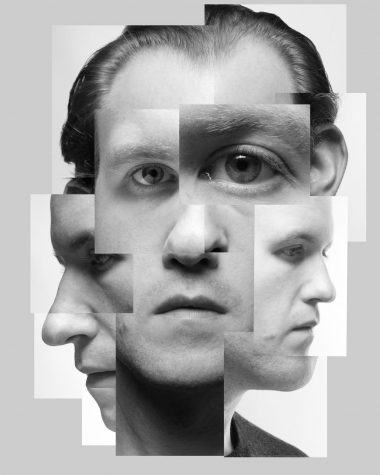The Art of Batting
It’s been a staple to American culture since the mid-1800s and doesn’t get more American than apple pie.
Perhaps the hardest aspect of playing the sport of baseball is batting. The art of hitting a baseball is not taught through a game of Fortnight or Youtube. It’s taught through many years of practice and determination.
To understand how hard it is to hit a baseball at either the professional or collegiate level, some things must be explained. A player must swing a rounded wood bat that can be no longer than 42 inches in length with a diameter no bigger than 2.61 inches at a ball with a circumference no bigger than 9 inches.

Sophomore pitcher, Austin Desroche on the mound at practice at EvCC’s Funco Field in Everett.
The ball is thrown by a pitcher on an elevated dirt mound that is 60 feet away from the batter’s box that can reach an average speed of 95 miles per hour. This gives the batter only 400 milliseconds to make the decision to swing their bat and make an attempt at hitting the ball into play.
It takes a lot more to be good at hitting than simply keeping your eye on the ball. Like the old saying says practice makes perfect.

Redshirt sophomore outfielder, Davion Hollis squares up for a bunt at practice at EvCC’s Funco Field in Everett.
Perhaps the hardest thing to do as a batter is practice and maintain the competitive mindset as well as simulating a gameday intensity.
Trojans Hitting Coach, Dylan Lavelle emphasizes the importance for batters to maintain a competitive mindset even if they feel they have reached their full potential. “Once you feel like you’re good, that’s when you try not to work hard.”
Perhaps the greatest lesson in batting is humility in failure. A batter may fail seven out of ten at-bats and will still be considered by players, coaches and scouts as a top player.
“You gotta just accept it and keep grinding,” says Trojans infielder Mauro Owens. “There are times that you will go zero for twenty and put all that work in but if you stay with your plan and stay to your approach you will find the holes in the gaps. You’re going to catch a slump – everyone does – it’s finding how you’re going to get out of it.”

Where does The Clipper fit into your long-term goals?
The Clipper provides me an indirect path to becoming a sports broadcaster and television or...

Where does The Clipper fit into your long-term goals?
It helps me understand more of what direction I want to go with journalism or communications....

